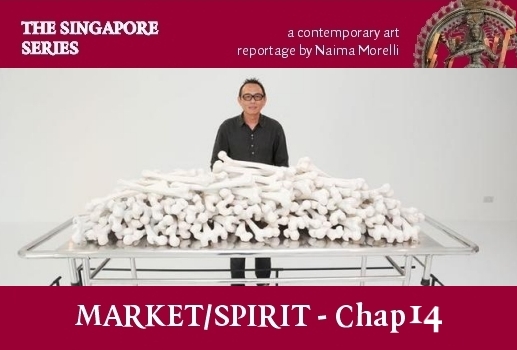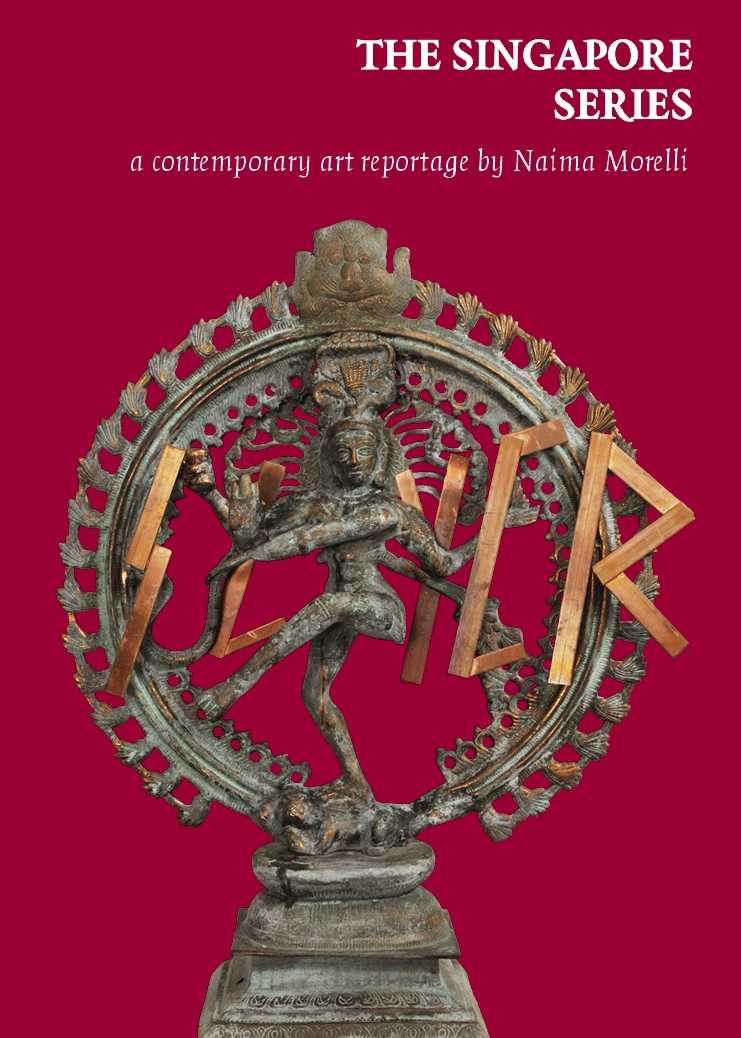
Vincent Leow
It is June 2018 as I’m writing these lines, and a few days ago, browsing through the internet, some news hit my eye. One drawing of Vincent Leow was removed from an exhibition the Esplanade, a popular alley for the arts in Singapore, with the accusation of “bestiality”. The censored sketch depicted a naked individual sitting astride a giant chicken. According to the conservative Facebook group “Singaporeans Defending Marriage and Family” the naked man was having sex with the animal. The general concern revolves around the fact that this was public area, with kids walking past the exhibition to go to the play centre. At first, the Esplanade took a neutral stance and said that everyone could “draw their own interpretations of a drawing that is not a realistic rendering.” Following a discussion with the artist, the art centre decided that it would be best to remove the piece from the exhibition and said that “This is solely Esplanade’s error of judgment”. This caused a big buzz in the artistic community in Singapore, and was seen as an episode of censorship and a sign of an increasingly conservative society.
The author of the sketch, Vincent Leow, would probably be discouraged to see that, since he first started with his provocative works and the society hasn’t opened up since. Quite the contrary. Vincent hailed, like Lee Wen and Amanda Heng, from The Artists Village, the arts collective spearheaded by Tang Da Wu and inspired by Western movements such as conceptual art and Fluxus, which emerged in New York in the ‘60s. The group detached from the idealist watercolours and academic realist style that preceded the late ‘80s, as being really contemporary and bringing international tendencies to the art world, while speaking of the conflicts and tensions of the society at the time.














